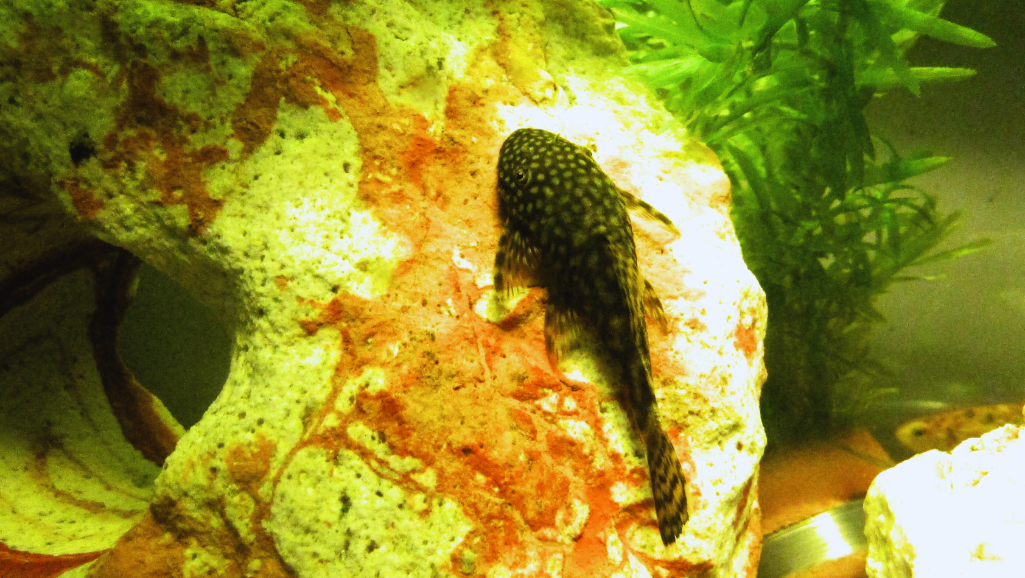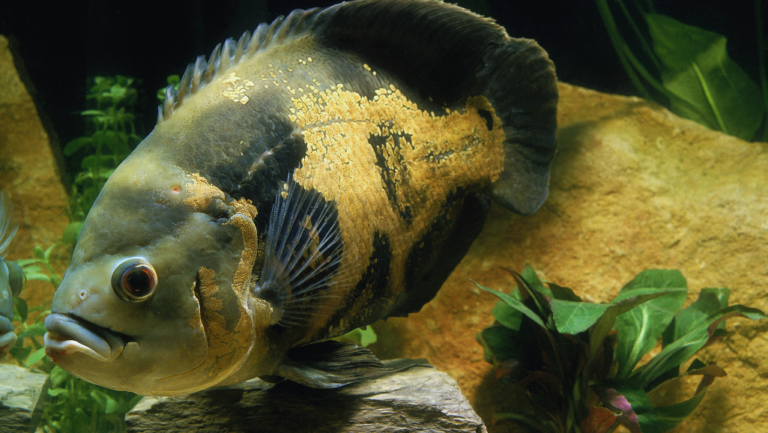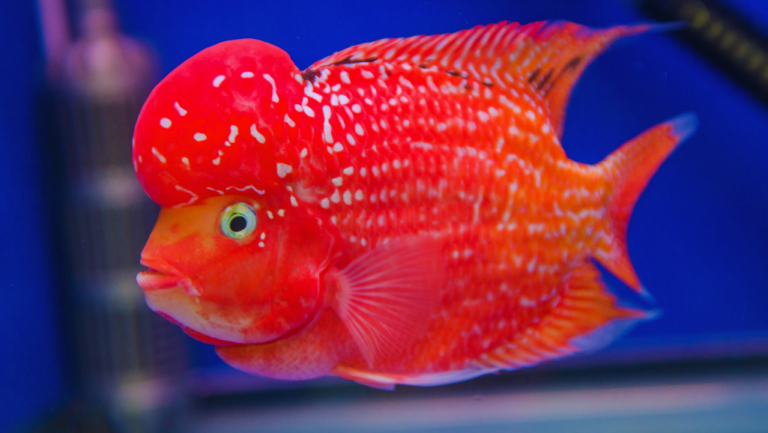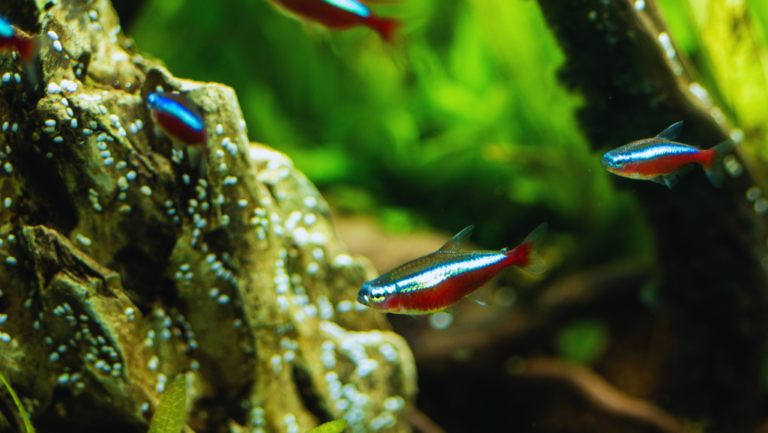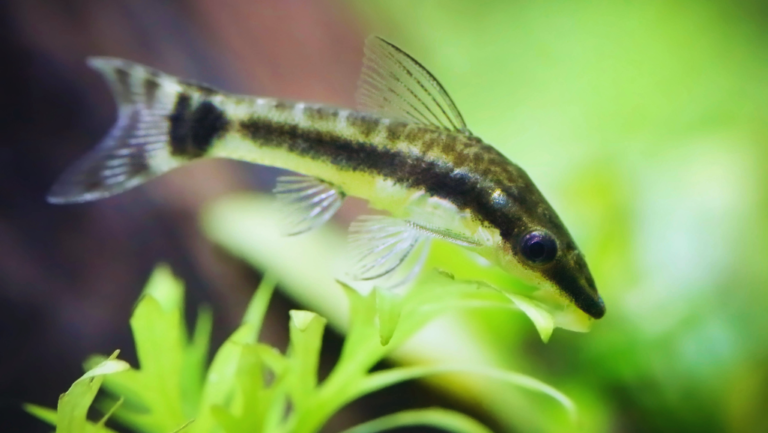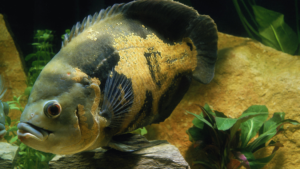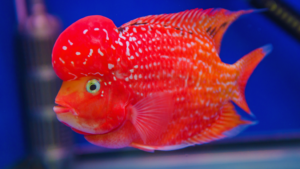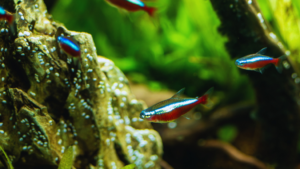The Zebra Pleco, known scientifically as Hypancistrus zebra, is a freshwater fish that has captured the hearts of many. It comes from Brazil’s Rio Xingu and is known for its black and white stripes. This unique look and interesting behavior make it a favorite among fish lovers.
However, the Zebra Pleco is facing big problems in the wild. It’s critically endangered because of lost habitats and illegal trade. The Brazilian government has banned its export. This means that only captive-bred Zebra Plecos are safe for aquariums.
A computer study showed that the wild Zebra Pleco population needs about 10,000 fish to survive. Taking out just 100 could lead to extinction. This highlights the need for conservation and responsible fish keeping.
For those who can have Zebra Plecos, it’s important to care for them right. They like temperatures between 79-81°F and a pH of 6.5. Breeding them is even more challenging, needing precise conditions and careful water management.
Key Takeaways
- Zebra Plecos are critically endangered in their natural habitat
- The species requires a large population to survive in the wild
- Captive breeding programs are essential for conservation
- Proper care includes specific temperature and pH requirements
- Breeding Zebra Plecos is challenging and requires expertise
Introduction to the Zebra Pleco
The Zebra Pleco is a stunning fish that catches the eye of many. It belongs to the Loricariidae family and is native to the Rio Xingu in Brazil. This fish is highly sought after in the aquarium world.
Origin and Habitat
Zebra Plecos come from the fast-flowing Rio Xingu in Brazil. They love warm, clean water with strong currents. In aquariums, they need similar conditions to thrive.
They prefer temperatures between 79–88°F (26–31°C) and a pH of 6.5 to 7.0.
Physical Characteristics
The Zebra Pleco is known for its black and white stripes. Adults grow to 70-100mm in length. Males have odontodes on their pectoral fins and less rounded heads.
Females have more rounded heads and finer hairs on their pectoral fins.
Conservation Status
The Zebra Pleco is facing big conservation challenges. It’s listed as Critically Endangered by the IUCN. The population has dropped by over 80% since 2016.
It’s listed in CITES Appendix II, and Brazil banned its export in 2004. This shows how urgent conservation efforts are.
| Characteristic | Detail |
|---|---|
| Scientific Name | Hypancistrus zebra |
| Family | Loricariidae |
| L-Numbers | L046, L098 |
| Diet | Omnivorous |
| Behavior | Shy, nocturnal, territorial |
Keeping a Zebra Pleco is challenging due to its unique needs and endangered status. Aquarists should carefully consider their care. This includes the right tank setup and plant for their well-being.
Zebra Pleco Care in Aquariums
Caring for zebra plecos in aquariums needs special attention. These stunning fish thrive in environments that match their natural home. Let’s explore the key points of zebra pleco care.
Tank Size and Setup
Zebra plecos don’t need huge tanks, but a minimum of 20 gallons is best. A 30-gallon tank is even better, giving them plenty of room. Use rocks, driftwood, and caves to create hiding spots.
This setup helps them feel safe and reduces stress. It’s perfect for their shy, night-loving nature.
Water Parameters
Keeping the water right is key for zebra pleco care. They like:
- Temperature: 79°F to 88°F
- pH level: 6.5 to 7.0
- Water hardness: 2 to 6 KH
Regular water changes and good filtration are essential. Zebra plecos live in fast, oxygen-rich waters in the wild. Try to mimic this in your tank.
Diet and Feeding
Zebra plecos don’t eat algae like some fish. They need a diet rich in protein. Feed them:
- Sinking pellets
- Live or freeze-dried foods (brine shrimp, bloodworms)
- Occasional vegetables (peas, zucchini)
These night creatures are most active at night. Adjust your feeding times to match. With the right care, these aquarium fish can live 10 to 15 years, adding beauty to your tank.
Behavior and Compatibility
Zebra Plecos are peaceful fish with striking black and white stripes. They are great for community tanks. Coming from Brazil’s Rio Xingu, they belong to the Loricariidae family. They grow up to 4 inches, fitting well in smaller tanks.
In a community tank, Zebra Plecos get along with most calm fish. They’re good with tetras, rasboras, and other peaceful bottom dwellers. Their calm nature makes them great tankmates for many fish species.
Zebra Plecos are most active at night. They need an aquarium with soft or low lighting to feel at home. It’s important to provide them with places to hide, like rocks, driftwood, and caves.
“Zebra Plecos are the perfect peaceful addition to any community tank, bringing both beauty and tranquility to the aquarium ecosystem.”
While mostly peaceful, male Zebra Plecos can be territorial. It’s best to keep only one male per tank or make sure there’s enough space and hiding spots for multiple males. A 30-gallon tank is recommended for their well-being.
| Characteristic | Description |
|---|---|
| Temperament | Peaceful |
| Activity Level | Nocturnal |
| Compatible Tank Mates | Tetras, Rasboras, Otocinclus |
| Recommended Tank Size | 30 gallons |
| Territorial Behavior | Males towards other males |
Zebra Pleco Breeding
Zebra Pleco breeding is a unique challenge in aquariums. These catfish need special conditions to breed well.
Breeding Challenges
Zebra Plecos grow slowly and start breeding at 30 months. The best breeding groups have 2 males and 3 females. It’s important to mix breeding stock from different sources to avoid inbreeding. A 20L tank is the smallest tank needed for breeding.
Successful breeding needs patience and careful planning. A group can have 30 to 50 healthy fry each year. Breeding peaks for three years before slowing down. It takes four to five years to establish a stable breeding program, even with lots of space.
Fry Care
Fry care is key in Zebra Pleco breeding. Eggs hatch in about a week, and fry grow to 1/4 inch before moving to the main tank. Keeping water conditions right is crucial for fry survival. Regular water changes every second or third week can help breeding.
Zebra Pleco fry are very delicate and sensitive to nitrates. Keeping the tank clean and changing water often is vital for their survival. Despite the challenges, breeding Zebra Plecos is important for conservation and reducing wild population pressure in the aquarium trade.
“Breeding Zebra Plecos is a rewarding challenge that requires dedication and patience. Each successful spawn is a victory for conservation.”
With the right care and attention, breeding Zebra Plecos can be very rewarding for aquarists. It helps with conservation efforts and meets aquarium trade demand in a sustainable way.
Conservation Efforts and Captive Breeding Programs
The Zebra Pleco, a critically endangered species, faces big challenges in its home. The Belo Monte Dam on Brazil’s Xingu River has cut water flow, putting the species at risk. Every month, about 10,000 Zebra Plecos are illegally traded.
Impact of the Belo Monte Dam
The dam’s construction has greatly reduced water flow. This affects the Zebra Pleco’s home. With slow growth and low fertility, the population is expected to drop by over 80% in 10 years (2016-2026).
Illegal Trade Concerns
Even though Brazil banned collecting and exporting since 2004, the Zebra Pleco is still in demand. Most illegally caught fish go to Asian markets. To fight this, stricter rules on international trade are being pushed through CITES (Convention on International Trade in Endangered Species).
Importance of Responsible Ownership
Aquarium conservation is key for the Zebra Pleco’s future. Captive breeding programs help by reducing the need to catch them from the wild. It’s important for owners to support these programs. Choosing captive-bred Zebra Plecos helps legal and sustainable trade.



